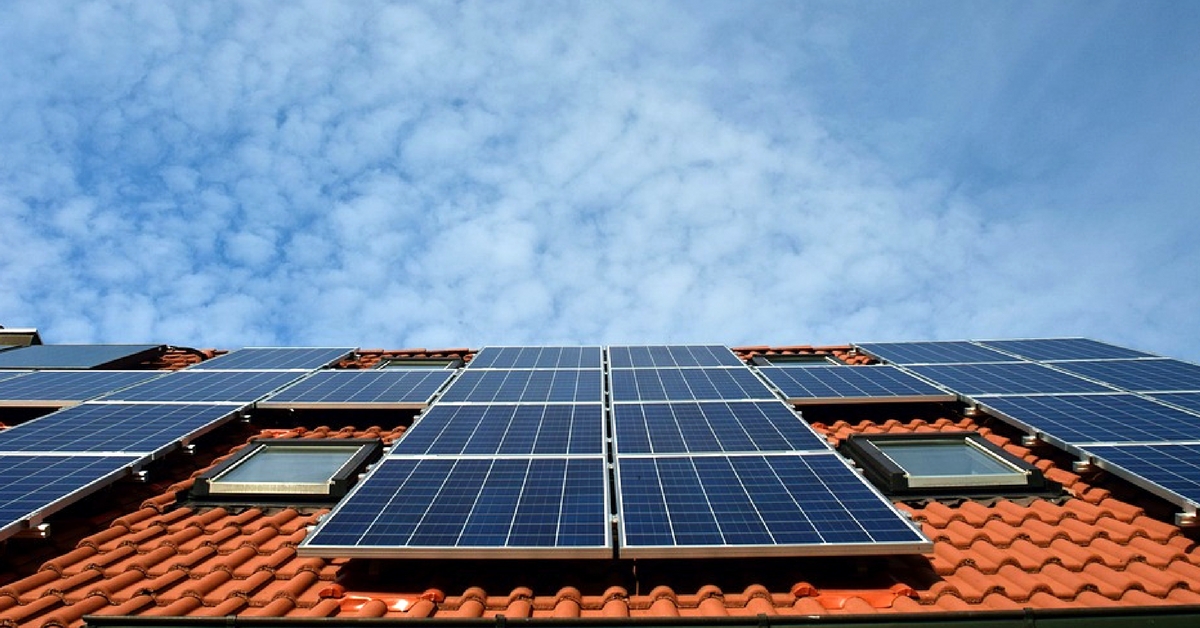In 2016, BESCOM recorded the highest peak load ever, around 2,732 MW in the evening, on April 29th. That was a jump of more than 300 MW from the year before.
Now, BESCOM has an ambitious plan. It intends to generate 1000 MW of rooftop solar energy by 2022, from Bengaluru alone. The authorities want to rely on renewable energy sources, seeing as the power consumption in the city is extremely high and is bound to increase.

The authorities have decided to use a helicopter armed with LiDAR (light detection and ranging) systems. The chopper will fly around the city, and map its potential to generate rooftop solar energy.
Covering a range of approximately 1,100 sq km, the helicopter will capture high-resolution images of rooftops of buildings in the city. CSTEP will be responsible for the mapping, and the data which is generated will be submitted to the Energy Department.
This initiative is thanks to a 2016 agreement between BESCOM, the Centre for Study of Science Technology and Policy (CSTEP), and the Karnataka Renewable Energy Development Ltd (KREDL).
LiDAR technology was used by archaeologists to discover an ancient Mayan city, hidden under the jungles of Guatemala.
Similarly, here, the technology will send a pulsed laser light on a building’s rooftop, and translate the reflected light into data points. Other factors like trees surrounding the rooftop, shadow-free areas for solar power generation, etc., will be taken into account. An estimate will be drawn up, to try to determine the capacity of solar generation for each building in Bengaluru.
The collected and collated data will be presented to the Energy Department, post which residents of Bengaluru can check the solar power generation capacity of their respective building’s rooftops, by logging onto the BESCOM website. The process also involves an OTP for cross verification to identify if the particular rooftop belongs to the owner of the property.
You may also like: This Bengaluru Man Can Run an Air-Conditioned House Without Paying a Rupee in Electricity Bills
India is exploring alternative energy sources, and solar power is a great option, given the abundance of sunlight we have throughout the year.
Like this story? Or have something to share? Write to us: contact@thebetterindia.com, or connect with us on Facebook and Twitter.
NEW: Click here to get positive news on WhatsApp!
We bring stories straight from the heart of India, to inspire millions and create a wave of impact. Our positive movement is growing bigger everyday, and we would love for you to join it.
Please contribute whatever you can, every little penny helps our team in bringing you more stories that support dreams and spread hope.

